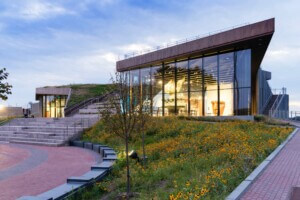Magazzino Italian Art, a nonprofit museum and research center committed to the study and public appreciation of postwar and contemporary Italian art, has revealed significant expansion plans for its campus in Putnam County, New York.
Magazzino tapped Spanish architects Alberto Campo Baeza and Miguel Quismondo for the project, which will add a freestanding pavilion with dedicated space for special exhibitions and public programming to the museum’s existing main building, which opened to the public in 2017 and was also designed by Quismondo. In addition to erecting a new pavilion building, Magazzino has acquired an additional 3.5-acres of land for the art space’s growing hillside campus—now comprised of 9.5 acres—located just east of the center of Cold Spring, a historic village situated on the Hudson River roughly 50 miles north of New York City.
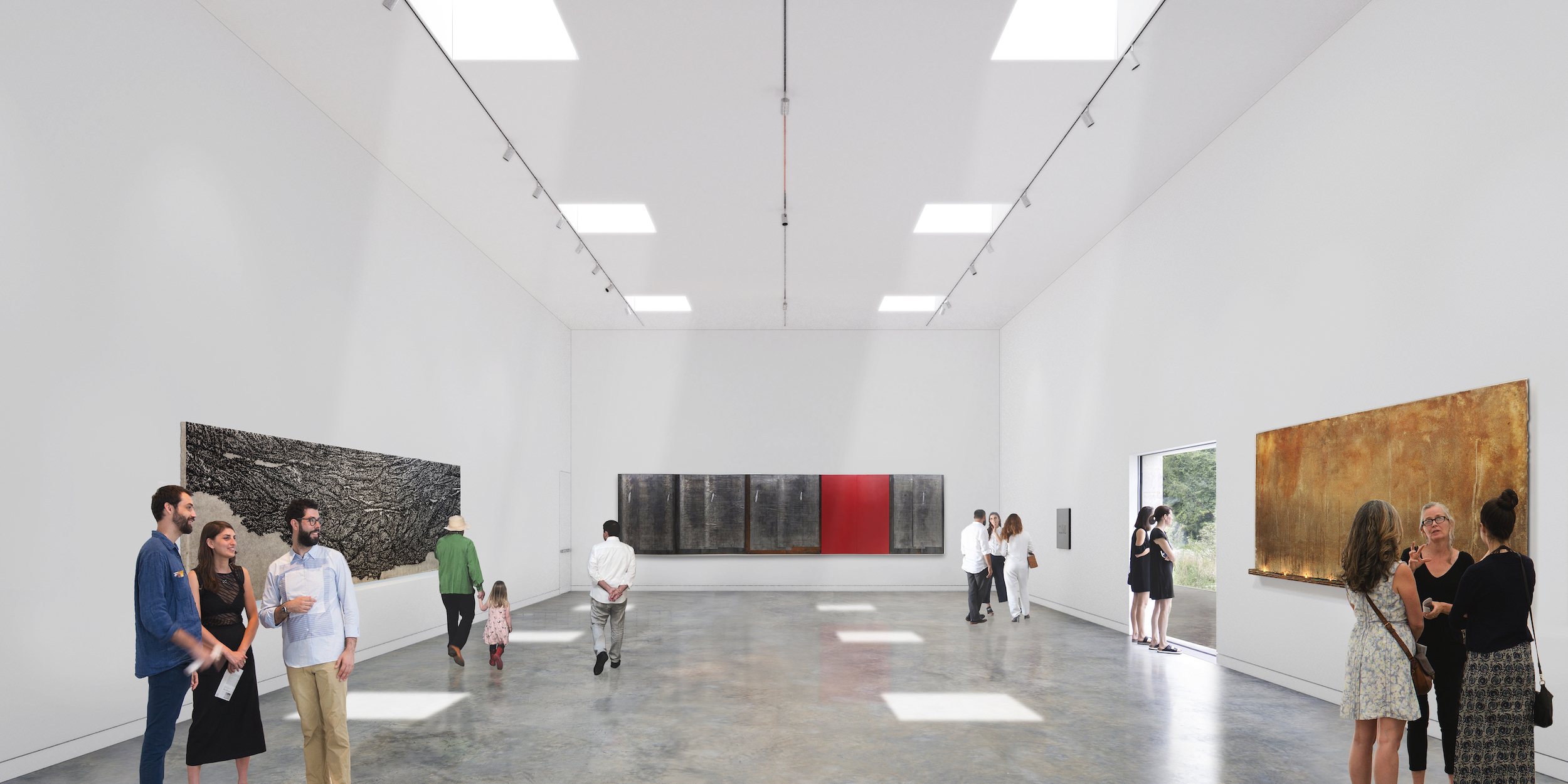
Meant to “foster a dialogue between art, architecture, and the surrounding natural landscape,” per a press release, the rectilinear pavilion will be located adjacent to Quismondo’s monochromatic concrete main building and mirror it in style and form.
The new building will encompass 13,000 square feet, with over 5,000 square feet of exhibition and programming space, including 3,600 square feet spread across two special exhibition galleries on the main level and a smaller gallery for displaying the museum’s collection of Murano glass and ceramics on the lower level; 1,500 square feet of flexible programming space for screenings, lectures, and other gatherings; and a 1,000-square-foot sunken outdoor courtyard adjacent to the event space on the lower level. A cafe and reading room with indoor and outdoor seating will both be situated on the upper level.
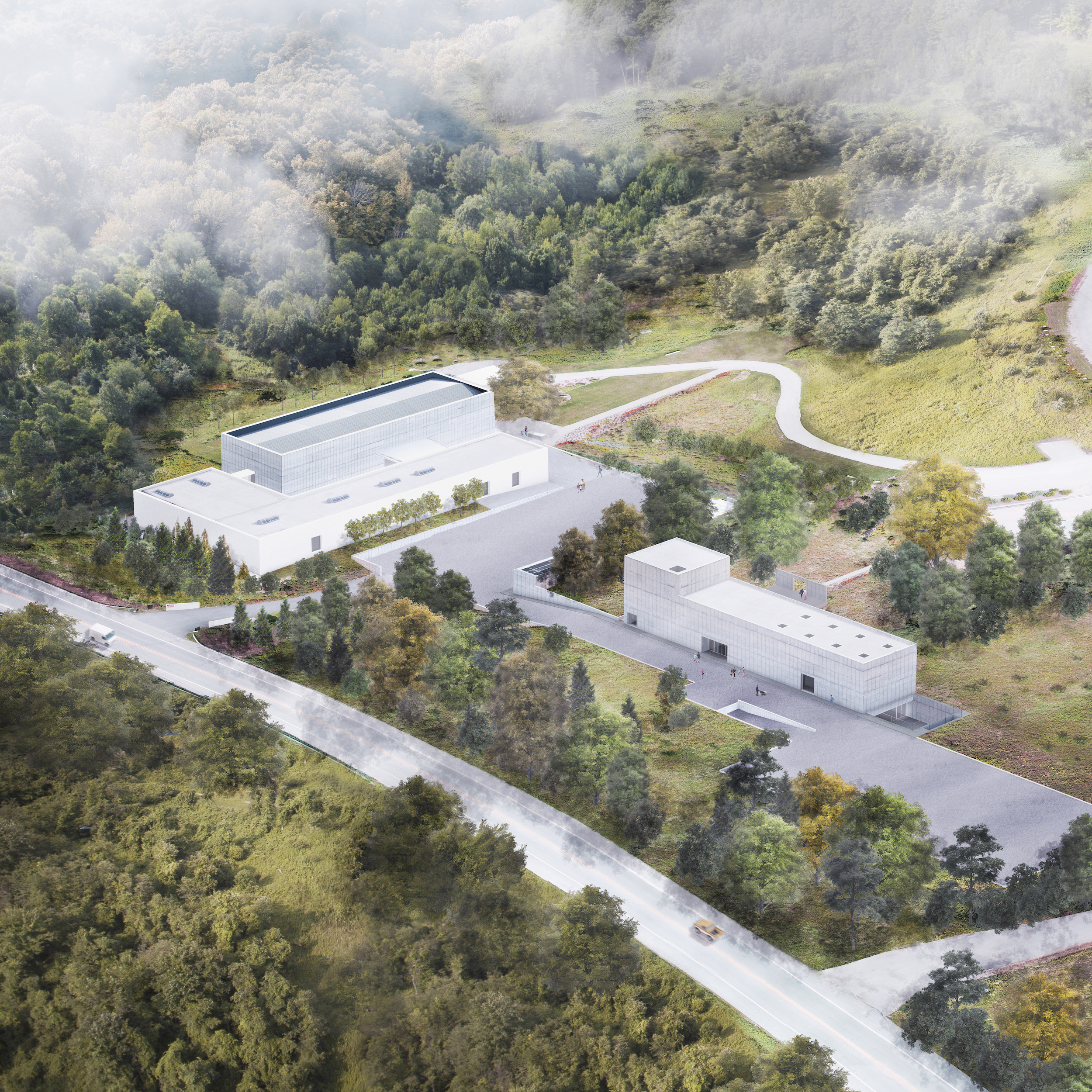
“Magazzino was launched with a commitment to serve as a cultural hub and vibrant community resource and to provide opportunities for inspiration and engagement with Italian art and creativity,” said Vittorio Calabrese, director of Magazzino Italian Art, which was co-founded by Nancy Olnick and Giorgio Spanu. “Our program has grown increasingly ambitious over the past three-and-a-half years as we have grown as an institution. The new pavilion will enable us to better serve our community with expanded resources for visitors and provides us flexible spaces so that we can expand our programmatic offerings in Cold Spring.”
Work on the pavilion is due to kick off in the spring of 2021 and will not impact ongoing exhibitions and programming held within the airy 20,000-square-foot main building at Magazzino. Italian for “warehouse,” the institution’s name pays homage to the old computer chip manufacturing facility (and before that a dairy distribution center and farmer’s storehouse) at the site that was repurposed, expanded upon, and transformed into the contemporary Italian art hub that exists today.
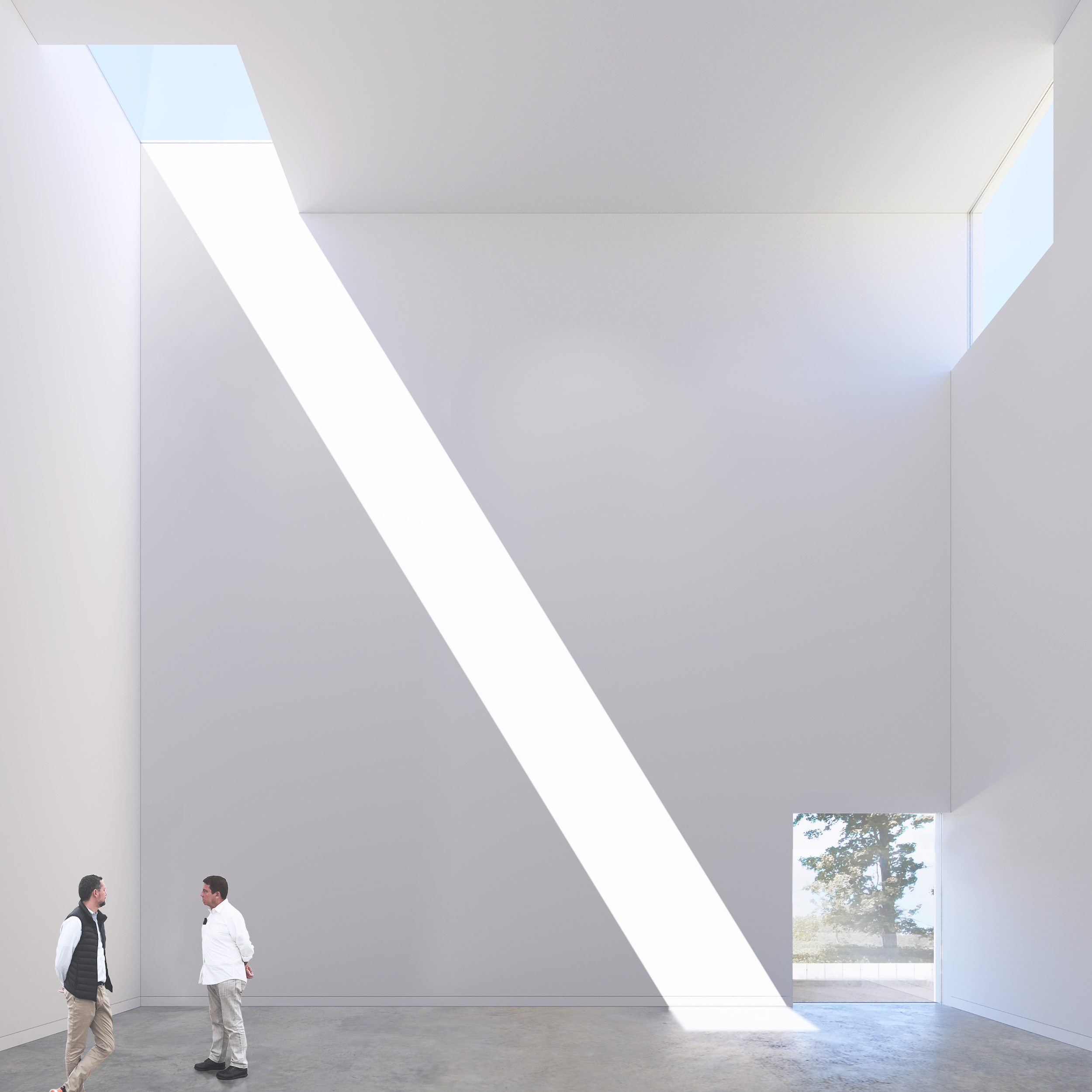
“The existing building has been stripped to its basic components, while the addition is built with structural cast-in-place concrete and metal girders, creating a modulated repetition,” explained Magazzino of the main building’s design. “The management of natural light, the different shells and the versatile height of the new structure establishes a distinction between these, while two glass connectors elegantly merge both parts together to allow for simple circulation.”
Public admission to Magazzino has remained free since it first opened in this particularly bucolic stretch of the Hudson Valley, where neighbors in the vicinity include MANITOGA, the National Historic Landmark-designated modernist home and studio of industrial designer Russel Wright, and Boscobel, a Federal-style historic house museum completed in 1808. Just a bit further afield are fellow contemporary art destinations Dia:Beacon (Dutchess County) and Storm King Art Center (Orange County). Reservations are required to visit the Magazzino campus and there are various safety protocols, including wearable tech that enforces social distancing among visitors, currently in place due to the coronavirus pandemic.
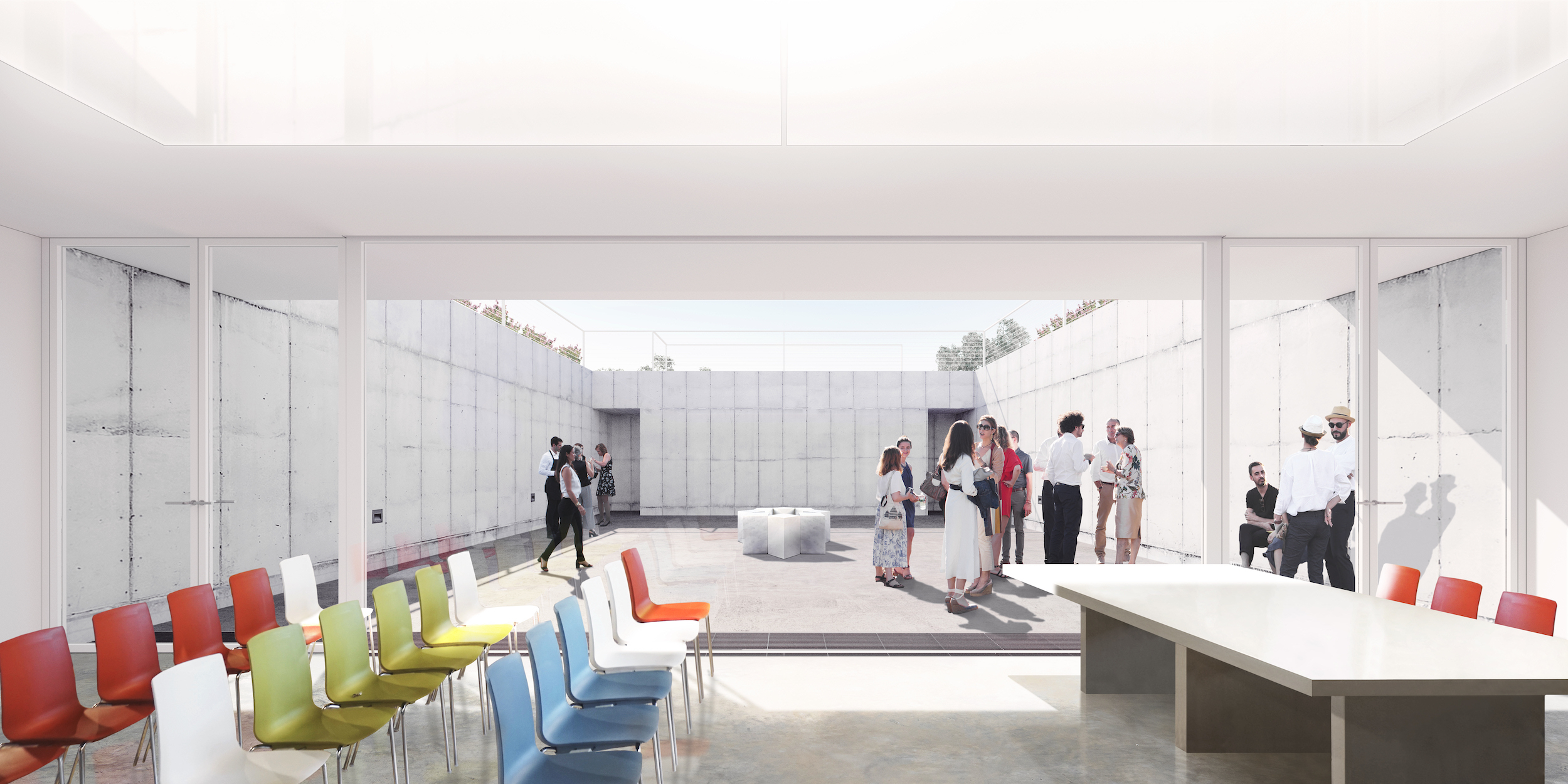
“Conceived to complement the existing museum building and reflect its elegant and simple modern design, the new pavilion brings a new dimension to the museum’s evolving campus,” said Quismondo in a statement. “With strategically placed windows and skylights, the building introduces new opportunities for visitors to enjoy the beauty of the campus as it adds much-needed space for the museum’s growing education and curatorial program and allows for the presentation of projects in new formats.”










